Do you have an unfinished wall project that’s been gnawing away at you for far too long? Are the edges around your drywall jagged, uneven, and impossible to smooth out? Shaving down drywall can be a tedious job – but it doesn’t have to be. This blog post will provide tips and tricks on how to shave down uneven drywall within minutes.
With some supplies from your local hardware store, a little attention to detail, and this blog’s step-by-step guide, you’ll be able to create professional-looking results in no time! So don’t wait any longer – start transforming that pesky problem area now!
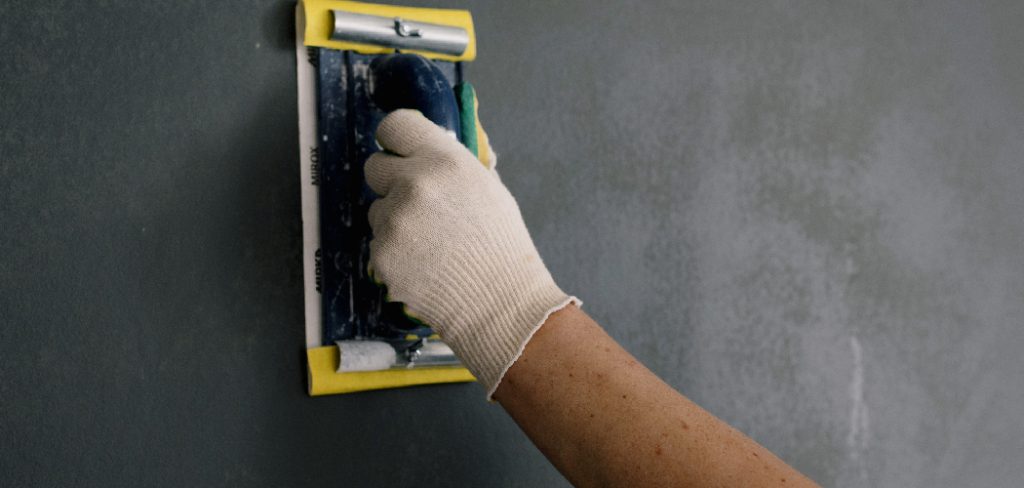
Can You Shave Drywall down?
Yes, you can shave down drywall to even out its surface. This is a particularly helpful technique for covering up unsightly lumps or bumps in the wall and creating a smooth finish. When shaving down drywall, it’s important to use sharp tools such as putty knives, utility knives, and sanding blocks. Start by using the putty knife or utility knife to gently scrape away excess dry compound and cut down any high spots. If needed, use a sanding block with fine-grit sandpaper to smooth out the surface.
For large areas of uneven drywall, you may need to use a belt sander with 120-grit paper to quickly remove material. Be sure to start at a low-speed setting and gradually increase it as necessary. Always wear safety glasses when sanding drywall since the dust can irritate your eyes.
Take your time during this process, and don’t try to take off too much material in one go—you can easily end up ruining the wall if you’re not careful! Once you’re happy with the results, apply a coat of primer to the wall and let it dry before painting.
Shaving down drywall is not an overly complicated process, but it does require patience and attention to detail. With some careful preparation and practice, you can easily create a smooth surface that looks great.
10 Methods How to Shave down Uneven Drywall
1. Use a Sharp Utility Knife to Score the Drywall
A sharp utility knife is an effective way to shave down uneven drywall. Score the surface with light pressure and then gently press down until you have cut through it. Holding the knife at a slight angle will make it easier to score the drywall. If the surface is really uneven, you may need to score it multiple times until the desired level of evenness is achieved.
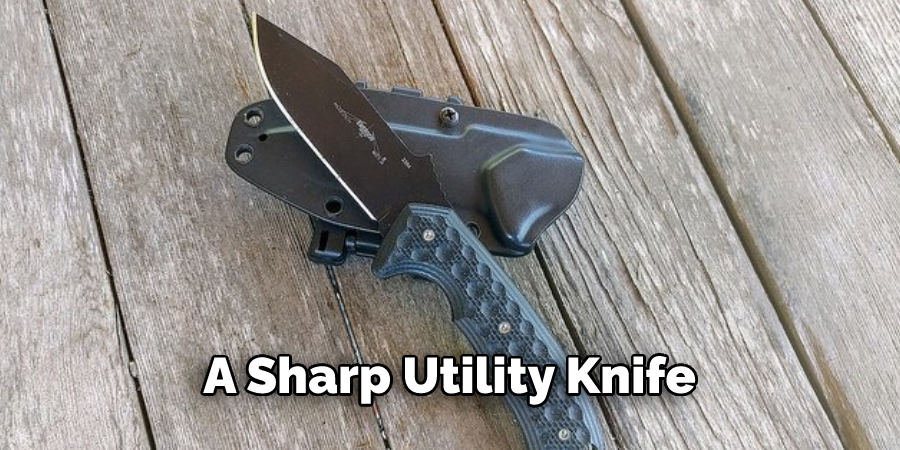
2. Cut along the Scored Line with a Drywall Saw
Using a drywall saw, cut along the scored lines that you have made with your sharp utility knife. Cut slowly and carefully to ensure an even result. Be sure to cut through the gypsum paper, but not too deep into the drywall. However, if you go too shallow, you may have to press your utility knife harder on the next pass.
3. Sand the Uneven Edges with a Drywall Sander
For larger areas of uneven drywall, use a drywall sander to sand down the walls. Apply light pressure while sanding and use a dust collection system if possible. Move the sander in a back-and-forth motion to make sure all areas are sanded evenly. Once you’ve finished, vacuum the area to remove all the dust. Try to get as much dust out of the area as possible since it can settle into the crevices and cause issues later.
4. File the Edges with an Electric Hand Planer
An electric hand planer is great for filing down the edges of uneven drywall quickly and efficiently. Run the planer along the wall, making sure to not overwork any area. If you need to remove a large chunk of drywall, use the hand planer on its most aggressive setting.
If there is only minor unevenness, use the planer on a lower setting to ensure that you don’t take too much off. Be sure to wear safety goggles and gloves while using the planer to protect yourself from any flying particles. Once you’re done, sand down the wall with medium or fine-grit sandpaper to create a smooth finish.
5. Create a Custom Shaving Template
If you have an area of drywall with several uneven edges, use a custom shaving template to shave down those areas quickly. Mark out the template on the wall and then use a sharp utility knife or electric hand planer to cut along the lines. Be sure to cut shallowly and gradually, going over the same area multiple times if necessary.
Once you have shaved down the majority of the wall to the desired level, use a sanding block to finish the job. This will create a smooth surface with no sharp ridges or edges. A shaving template is a great option for complex areas with multiple angles. With the right tools and technique, you can easily shave down uneven drywall to create a smooth and even finish.
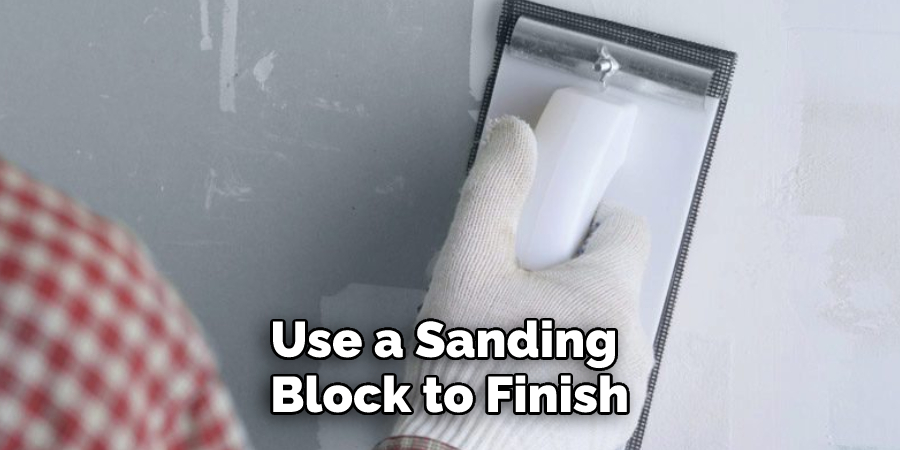
6. Use a Sanding Block to Even Out High Spots
For high spots that are difficult to sand down with a drywall sander, use a sanding block instead. Apply light pressure while running it over the area and move in long strokes until you have achieved your desired results. The sanding block is especially useful when sanding down ridges or other uneven surfaces.
Finish with a shop vacuum to remove any dust created by the sanding process. You may also want to use a damp cloth to wipe down the area.
7. Use Joint Compound To Fill Low Areas
A joint compound is great for filling in low areas of uneven drywall. Apply the joint compound with a putty knife and then smooth it out with a damp sponge. Let the joint compound dry before sanding if necessary. If the joint compound is too thick, it can be thinned down with water to make it easier to work with.
8. Use Wall Putty to Fill in Cracks and Holes
Wall putty can be used to fill cracks and holes in uneven drywall that are too small for joint compound. Apply the putty with a putty knife or trowel and let it dry before sanding if needed. The drywall may need to be primed and/or painted after the putty is applied. If the uneven drywall is in an area that will be painted, use a joint compound instead of wall putty since it provides a better bond.
9. Cover Uneven Areas with Wallpaper or Paintable Textured Wallcoverings
If you want to cover up an area of uneven drywall, use wallpaper or paintable textured wallcoverings instead of attempting to shave down the walls. This is a quick and easy way to hide uneven spots. If you choose to use wallpaper, look for papers with a raised pattern or texture that will help disguise the unevenness of the wall.
Paintable wallcoverings are available in a variety of textures and colors and can be painted to match the existing wall. Use an adhesive specifically designed for wallpaper to ensure that the wallcovering will stick to the uneven drywall. Once in place, touch up any exposed seams with paint that matches the wallcovering.
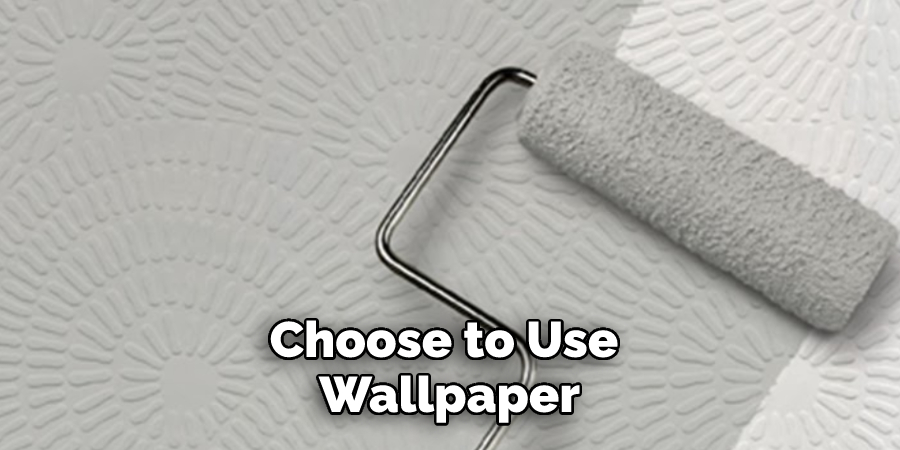
10. Install Corner Trim to Hide Uneven Edges
For an area of drywall with several uneven edges, cover them up with corner trim or molding. Cut the pieces to fit and then glue them into place using construction adhesive. Paint or stain the trim if desired for an even better finish. Corner trim is an easy and inexpensive way to create a smoother, more professional-looking wall.
These are ten methods you can use to shave down uneven drywall and make it look as smooth and professional as possible. With these techniques, you can create a beautiful finished product that looks great in any room!
How Do You Shave a Little Bit of Drywall?
If you need to shave down a bit of drywall, it’s actually quite simple. First, start by measuring the area that needs to be cut and mark it with a pencil on the wall. Next, place a utility knife along the edge of your measurement line and gently press against it to create an indent in the drywall. Now, carefully use the utility knife to score along the line as deep as needed. Once you have made a few passes with your utility knife, you should have a shallow groove on the wall.
Now take a drywall rasp and gently shave away at the wall in short strokes until you reach the desired depth. Be careful not to over-shave, as drywall can be easily damaged. After you have finished shaving the area, you may need to apply some joint compound to fill in any gaps or rough spots. Once the joint compound has dried, your wall should be perfectly smooth and even!
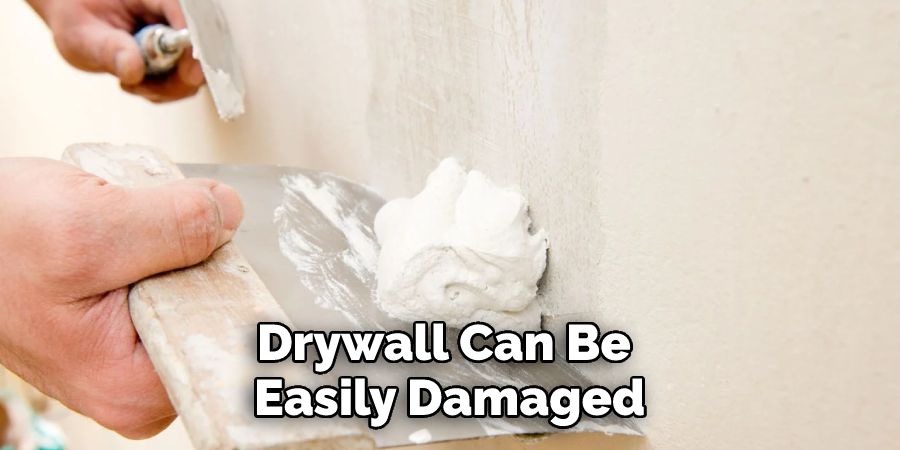
Conclusion
When it comes time to put the final touches on your walls, you’ll want them to be perfect. Shaving down uneven drywall is a great way to achieve a smooth, professional look. With these tips, you can take care of any problem areas quickly and easily. Now that you know how to shave down uneven drywall, put your new skills to the test! Don’t be afraid to get creative and have fun with it. After all, there are no rules when it comes to DIY projects. And if you make a mistake, remember that you can always sand it down and start again.
You Can Check It Out to Make a Outside Corner With Retaining Wall Blocks
